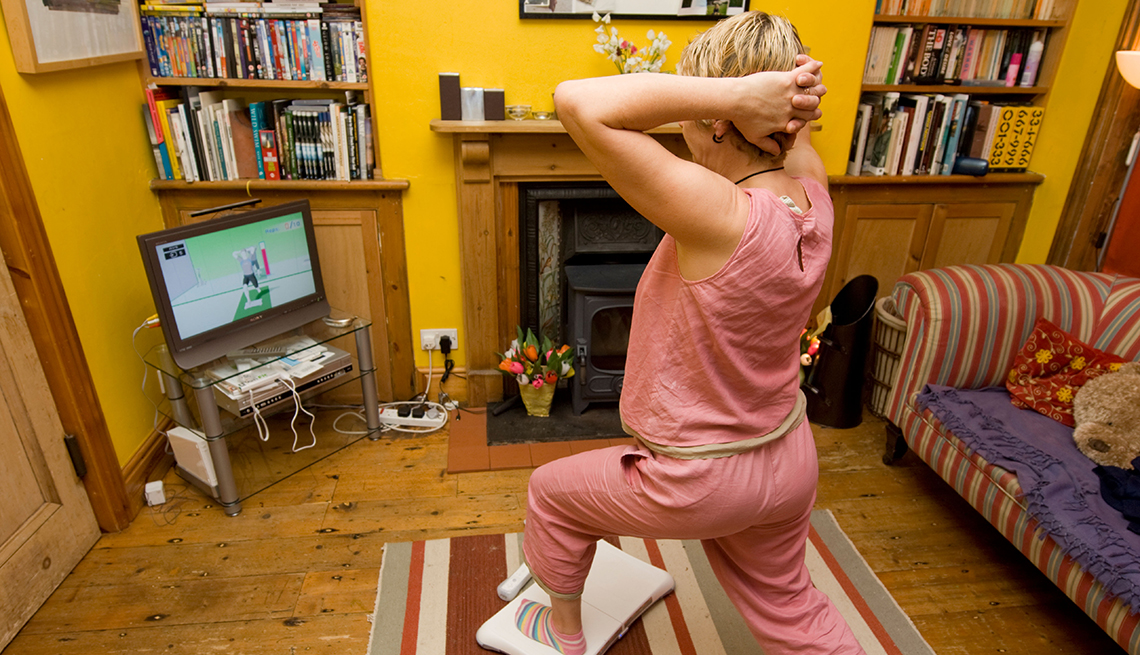AARP Hearing Center
Caregivers have little spare time for themselves. So when you do get a break, you're probably craving rest, rather than thinking of exercise. Yet, of the two, exercise could be a far better choice. It may prevent you from getting sick, help you sleep better and is almost certain to give you more energy — three things of prime importance to a caregiver.
Your well-being can affect the quality of care you provide to your loved one, says Wendy Lustbader, M.S.W., a national lecturer and the coauthor of Taking Care of Aging Family Members: A Practical Guide. "It is better to get a break, if you can, as you're taking care of two lives," she says. Also, research has found that caregivers are more vulnerable to illness and can get sicker if they don't take care of themselves.
Here are a few steps you can take to get yourself moving:
Keep it simple
Going to the health club may be attractive, but it may not be realistic if you squander precious time on packing appropriate clothes, traveling to and from the gym, and arranging alternative care for your loved one while you're there.
Instead, you can keep exercise as simple as a brisk walk around the block. "I recommend not thinking big. Just take a walk," Lustbader says. "[Caregivers] are often overwhelmed from a busy workday, so just walking as exercise may be the most they can do. It's a great release and way to be alone, recharge, meditate and collect oneself." Don't think of this as "inferior" exercise. Many studies have demonstrated that regular walking is one of the best things you can do to improve physical and mental health.
Another option is to use exercise videos at home. Your loved one may be able to sit on the couch and watch you work out, or you can try to schedule your video during nap time or when he or she is otherwise occupied. You can always stop a video quickly if your loved one needs your immediate attention.
Get enough
Exercise recommendations are much the same for anyone. Your goal should be 30 to 40 minutes of moderately intense exercise at least three times a week.
Ideally, you'll want to exercise continuously for 30 minutes or more. (Some research says this gives you the maximum benefit). However, taking that much time off may not be an option unless you have backup help.


































































